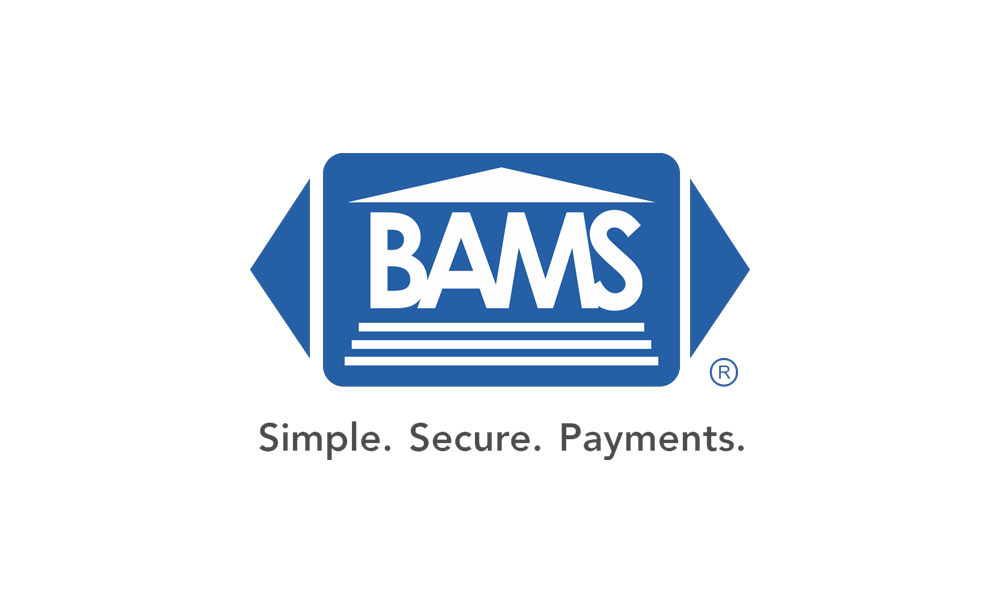What Is Magento or Adobe Commerce and Why Should You Use It In Your Business?
Magento was one of the oldest players in the ecommerce space, building a reputation as an extremely capable, reliable, and secure sales platform. Today, Magento has been rolled into Adobe Commerce, a one-stop ecommerce solution from the same company that powers creativity across countless industries. Adobe Commerce offers all the same benefits that made Magento and Magento 2 top choices for enterprise-level ecommerce companies, along with some new benefits that stem from its inclusion in Adobe’s large suite of design products.
What is Adobe Commerce?
Magento 2 became Adobe Commerce in 2018 when the software giant acquired Magento in order to compete with more vertically-integrated web platforms like Shopify, Wix, and others. Functionally, the core software has changed relatively little from Magento 2, which is good news for the ecommerce businesses that have spent years or potentially even decades operating with Magento at the heart of their online sales. The biggest difference most long-time users will find is that Adobe Commerce is now entirely cloud-based, eliminating the need for expensive hosting and tricky maintenance.
Today, Adobe Commerce stands as the company’s flagship ecommerce platform, and its integration with Adobe Suite means that it now offers even more benefits than it did as Magento, which was already one of the most popular and full-featured enterprise ecommerce systems on the market.
Reasons to Choose Adobe Commerce
While Adobe Commerce’s high price rules it out for some small businesses, it’s ideally suited for medium to enterprise-sized merchants. It offers a wide variety of benefits to ecommerce sellers that can afford it, ranging from the backing of an industry giant to outstanding flexibility to the freedom to choose payment processors, and beyond.
Big-Brand Backing
Carrying the Adobe name means something in and of itself. Previous Magento 2 users and brand new Adobe Commerce users can both take comfort in the fact that Adobe doesn’t invest heavily into acquiring products it plans to sunset. Businesses running Adobe Commerce can be confident that the product will benefit from years of updates and further developments, continually increasing the value it provides them in exchange for their subscription fees. Knowing a core part of their tech stack is around for the long run is a big positive, especially for companies running web stores large enough to truly benefit from everything Adobe Commerce has to offer.
Open-Source Flexibility and Scaling
While the core Adobe Commerce product is a cloud-based ecommerce system, Adobe still offers the older installed version of Magento for free, branded as Magento Open Source. Magento Open Source is a much more limited solution than Adobe Commerce and requires merchants to self-host and self-manage everything, but the price is right, and the open-source nature of the system makes it both extremely flexible and extremely scalable.
As with Magento 2, Magento Open Source users can expand the core capabilities of their system using plugins found in a well-populated add-on market benefiting from years of third-party development. The open-source nature of the software and the plugins makes it easy for a merchant to start small and add functionality only as their business grows and the need arises.
Vertical Integration with Adobe Products
Adobe Suite is ubiquitous in the design world, and it’s leaned on heavily by many website builders and ecommerce companies as well. Plenty of design firms and small businesses use products like Adobe XD, Dreamweaver, Photoshop, and others to design and create their ecommerce sites, but, for all the feature-richness Adobe products offer, the ability to sell with an integrated product was always missing. Adobe Commerce allows native Adobe Suite users to add that final capability to their toolset, finally creating a completely integrated, one-stop solution around a familiar Adobe feel.
Payment Processing Options
Adobe Commerce’s main competitor – ecommerce giant Shopify – suffers from one major drawback: its restrictive fee system. Shopify pushes users heavily towards the Shopify Payments system, the company’s own processing option that competes with PayPal. Users can use any payment processor and gateway system they want with a Shopify store, but using anything other than Shopify Payments results in a third-party transaction fee of up to 2% levied in addition to whatever the payment processor charges. The result is transaction fees that could potentially approach 5% in total.
Adobe Commerce offers native PayPal integration but also allows users to choose any gateway provider and merchant account provider they like without tacking on any ridiculous fees as a penalty. That’s a big deal for large stores doing high sales volumes or selling big-ticket items.
Adobe Commerce and Magento Open Source users can integrate top gateways like NMI, Authorize.Net, Braintree, and others. And, unlike with Shopify Payments or PayPal, they can also benefit from low-fee merchant accounts like the ones offered by BAMS.
BAMS merchant accounts use interchange-plus pricing – the lowest and most transparent fee model available – to dynamically adjust the fees on every transaction to ensure merchants always pay the lowest fee possible, instead of the highest. BAMS also offers a full slate of value-added services like chargeback and fraud protection, next day funding, advanced analytics, and more.
To find out more about how a BAMS merchant account and Adobe Commerce can take your web store to the next level while minimizing fees, start your comprehensive BAMS five-point price comparison now.




